The Drop Is Everywhere, All at Once
Gamified product launches and digital twins are collapsing the line between URL and IRL.
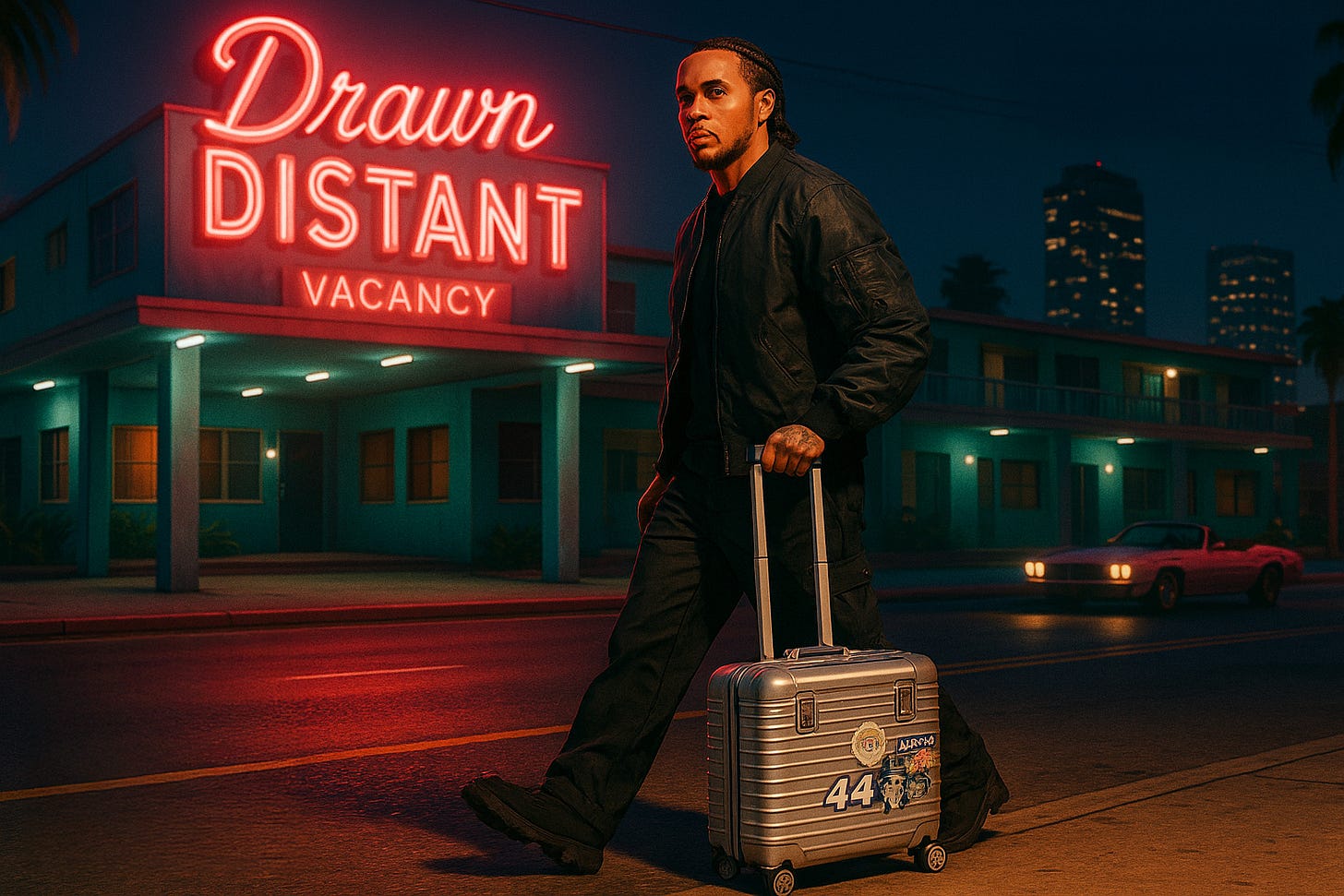
Written in partnership with Christopher Morency of DotDotDot - an insights brand that doesn’t just report on what’s happening- they shape conversations, anticipate change, and help their audience lead.
The fashion rollout model is starting to glitch.
Imagine a sneaker drop that doesn’t start on SNKRS, or in Soho, or even IRL. Instead, it debuts inside a Fortnite map or a Roblox mini game. Before it hits your favorite boutique, it’s being laced up by a 14-year-old wearing a Sabrina Carpenter Fortnite skin, emoting mid-battle. After this whole song and dance, you finally see it show up in its physical form at Dover Street Market.
In other words, products are being released digitally before they appear physically. That’s not a hypothetical—it could well be the blueprint for the new product lifecycle.

Welcome to the world of digital twins: identical items existing simultaneously in the virtual and physical realms. For the new generation of gamers, particularly Gen Alpha, this isn’t just a novelty but the baseline. If their avatar can’t wear it, they don’t want it. And if they wear it in-game first, they want it IRL second.
According to Roblox’s 2023 Digital Expression Report, 43% of users want to buy “twinning” items that they can wear on both their physical and avatar self. The avatar has become a prototype for selfhood, a low-stakes mirror that eventually leaks into real wardrobes.
Roblox recently announced that they’re offering direct purchases of physical twin items in their marketplace. This is a huge deal. “It’s a no-brainer that Roblox would introduce physical commerce, a major growth lever for a platform with nearly 100 million daily active users. Gen Z and Gen Alpha consider e-mail and e-commerce old fashion, they prefer communicating via virtual worlds, and will prefer shopping in them too; digital assets were a great primer,” says Colby Mugrabi, Founder of Web3 Fashion Platform, mMerch and one of the Vogue Business 100 Innovators.
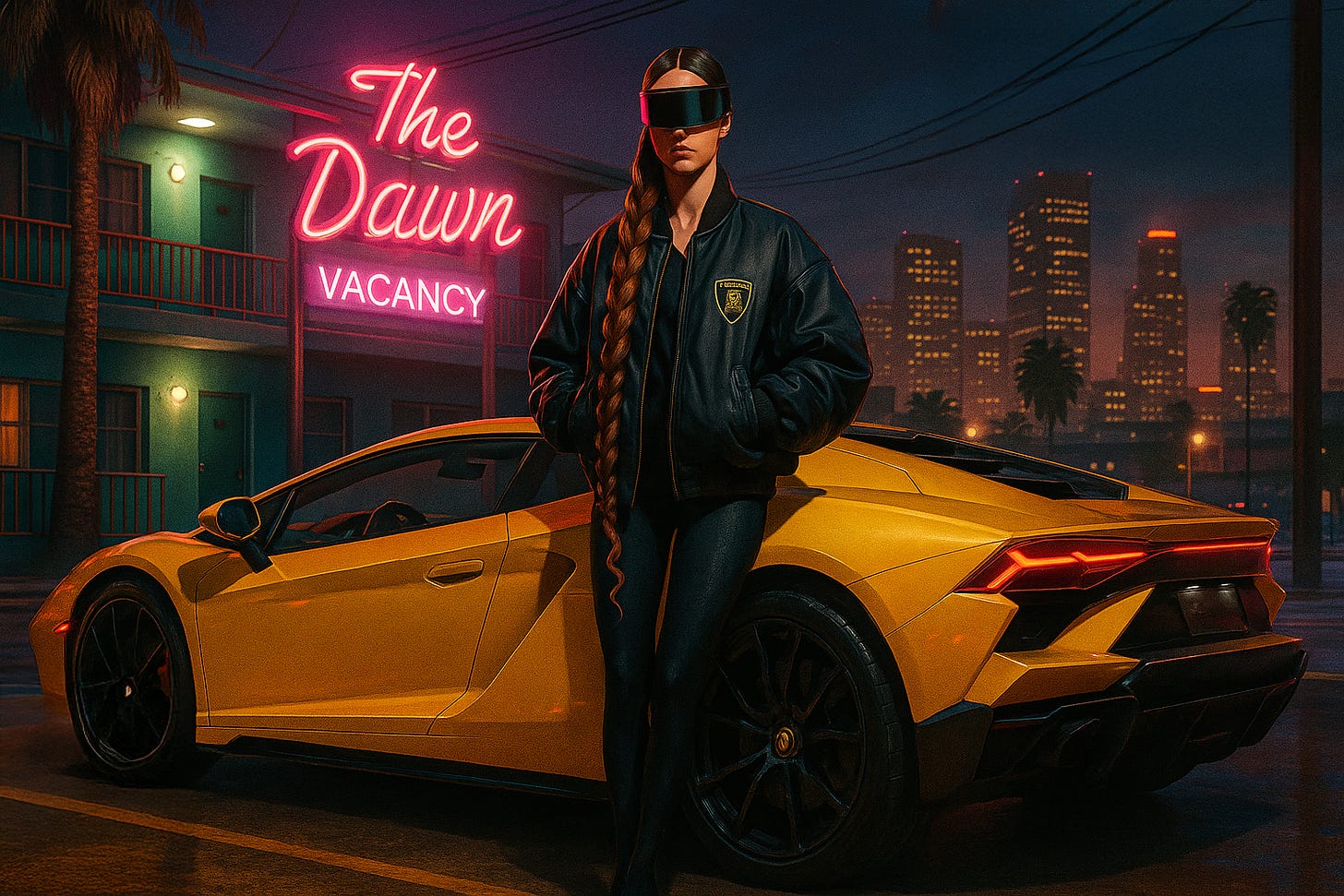
“With the addition of physical commerce, Roblox is proving itself the closest thing the US has to a super app; a fully-integrated, single application offering a broad range of services.”
With 52% spending on avatar customization each month, culturally savvy brands like Fenty Beauty, Nike and adidas are all bringing digital twin product strategies into their repertoire.
Wait, Haven't We Been Here Before?
Yes, yes we have. The digital twin phenomenon didn’t just start recently. The idea gained attention during the pandemic-era NFT boom. Prada, Louis Vuitton, and Versace have all dabbled with twin products. Back then, they came in the form of minted NFTs that mirrored physical items.
The problem? Most of those digital items had no real utility. For the most part, they weren’t worn, played with, or emotionally bonded to through games. They simply sat in wallets, accumulating speculative dust. Some brands like Louis Vuitton built their own games (Louis, The Game). They were limited by a niche player base and a closed loop linear story (i.e. without any creator features that encourage repeat gameplay).
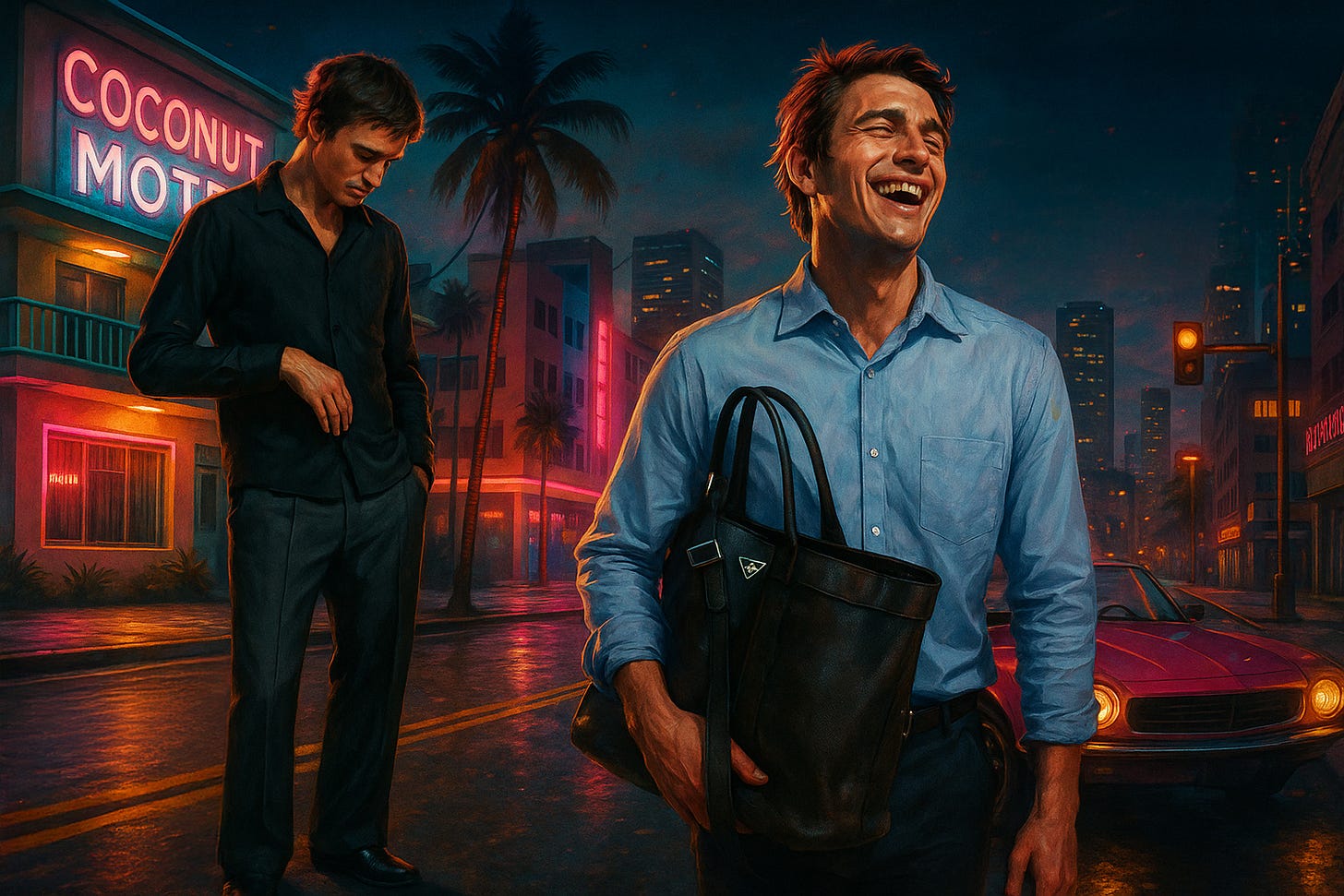
Sandbox style video games, however, are different. A sandbox game is a game that encourages repeat gameplay through an extensive range of creative features for players to build with. Major games like Grand Theft Auto V, Roblox, Minecraft and Fortnite all have sandbox gameplay features. And as a result, their digital fashion economy is thriving.
“Instead of posting OOTD shots on platforms like Instagram and SnapChat, next-gen gamers need digital fashion as an instrument for individuality amidst a sea of avatars,” says Mugrabi.
In sandbox games, a digital item isn’t just a JPEG image file but a narrative tool. You fight in it. You lose in it. You win in it. That digital sneaker means something because it’s lived in. And when brands give players the chance to own that same sneaker IRL? That’s not just a purchase. That’s a core memory strapped to your feet. This emotional bond between digital and physical draws their worlds closer and closer together.
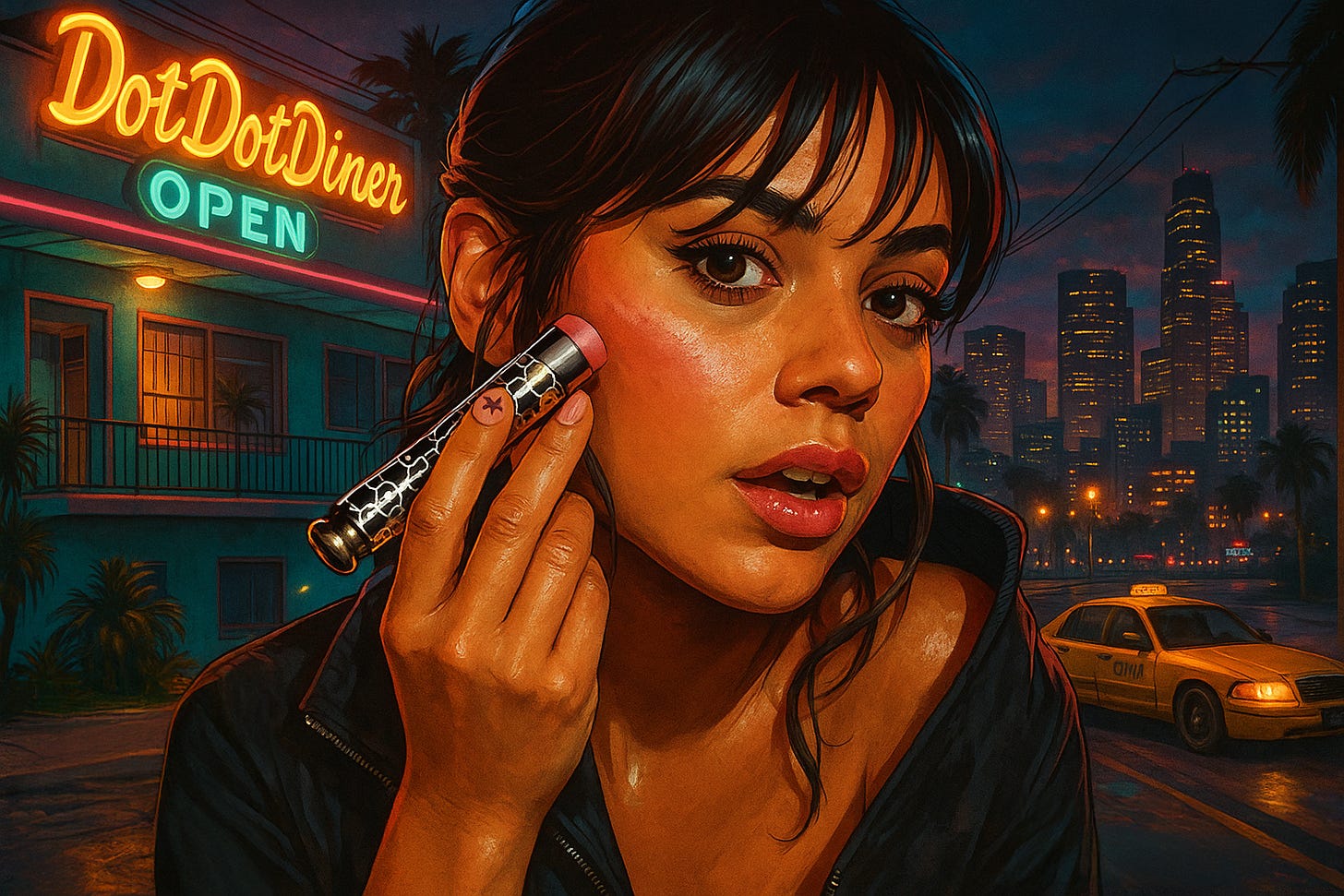
Twinning: A Rare Win For The Brand, Consumer & Environment Alike
What makes the concept of twinning so attractive? For the brand, it’s an excellent place to test demand or experiment with a new design. The cost of producing a 3D file is a fraction of the cost of producing a sample. Digital products are the prototype and the final product all bundled up into one. If your item hits in-game, there’s a good chance that it’s going to hit IRL. 54% of Gen Z say that they’re “extremely inspired” by what their avatar wears in Roblox.
It’s not just the brand winning, the consumer does as well. A physical Coach Tabby bag might take some time for a teen to save up for, but they can run around with its digital twin in the meantime. Digital items could become the new down payment for the physical item, without the Buy Now, Pay Later trap. It’s an early access pass of sorts, without the heavy financial burden.

With more considered measurements of demand brought on by digital twins, the environment also gets a rare win. Fashion brands could tether order sizes to purchases of their digital items, producing only when necessary. Less deadstock, less waste.
This even enables brands like mMerch by Colby Mugrabi to make one-of-one products that hold clout in the physical and digital space, bound by an NFC tag to validate their authenticity. Taking a more experimental approach to design for digital twins pays dividends.
“Brands should avoid thinking that what works IRL will work virtually, whether it be product, storytelling, or communication. It’s the idea of skeuomorphic versus native design. Instead of mimicking what has worked in the real world and making it digital, brands should focus on leveraging specific features native to virtual platforms and designing for the new and the next.”
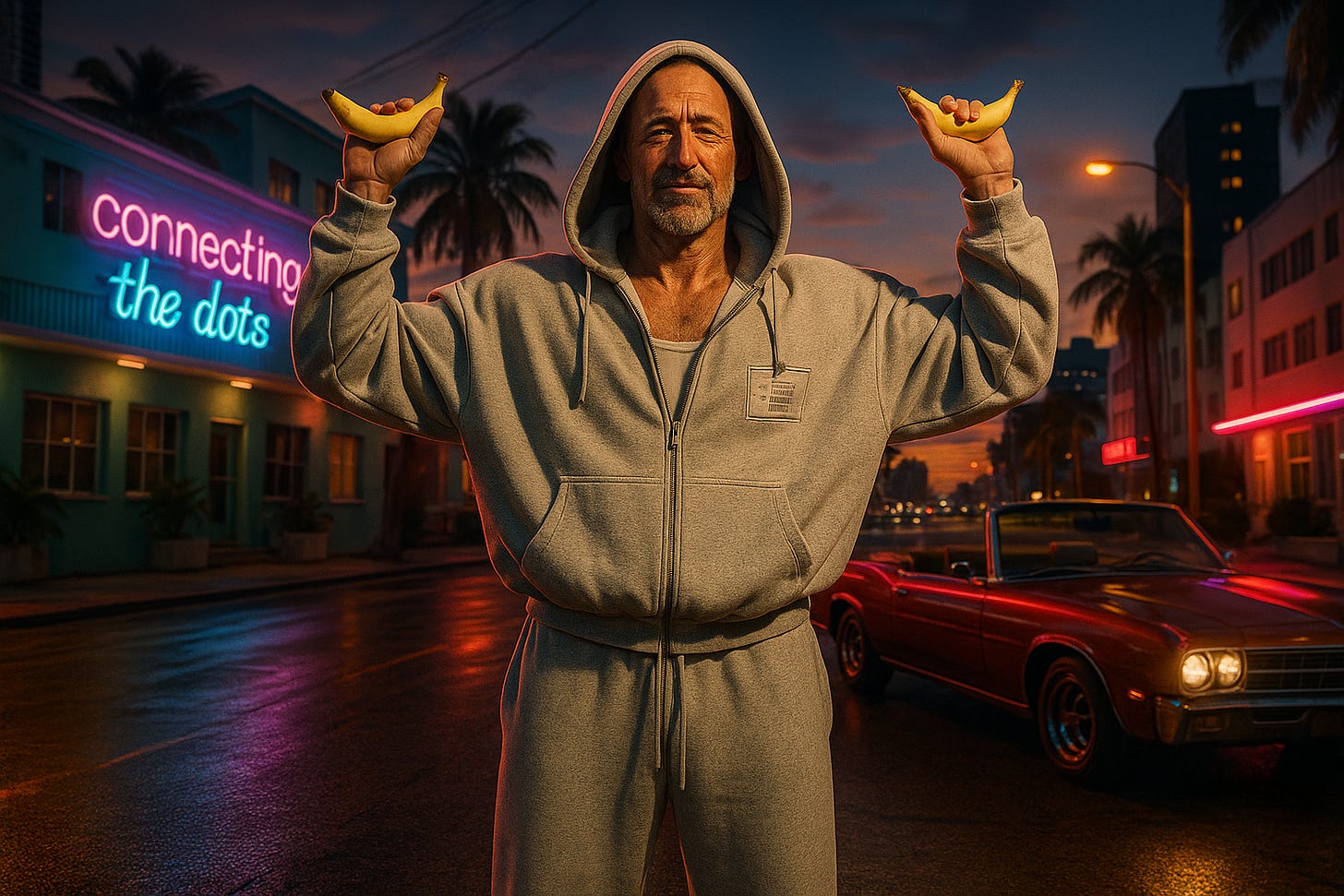
Fenty Beauty, ever the market leader in beauty product innovation, has grabbed Roblox’s new physical product integration by the horns. Their new shoppable game offers the latest shade of its popular Gloss Bomb Universal Lip Luminizer, available exclusively in-game. When on Roblox, users can click a digital version of a physical product and buy it right there and then.
Meanwhile in Fortnite, Nike and adidas are experimenting with releasing footwear digitally before it hits shelves. And these aren’t throwaway stunt drops. They’re shaping a new commerce logic where virtual-first doesn’t mean second-rate. Adidas’ Outfit Creator mode lets players customize and test digital merch before cloning it physically. Its digital-to-physical pipeline meets user testing meets hype engine.
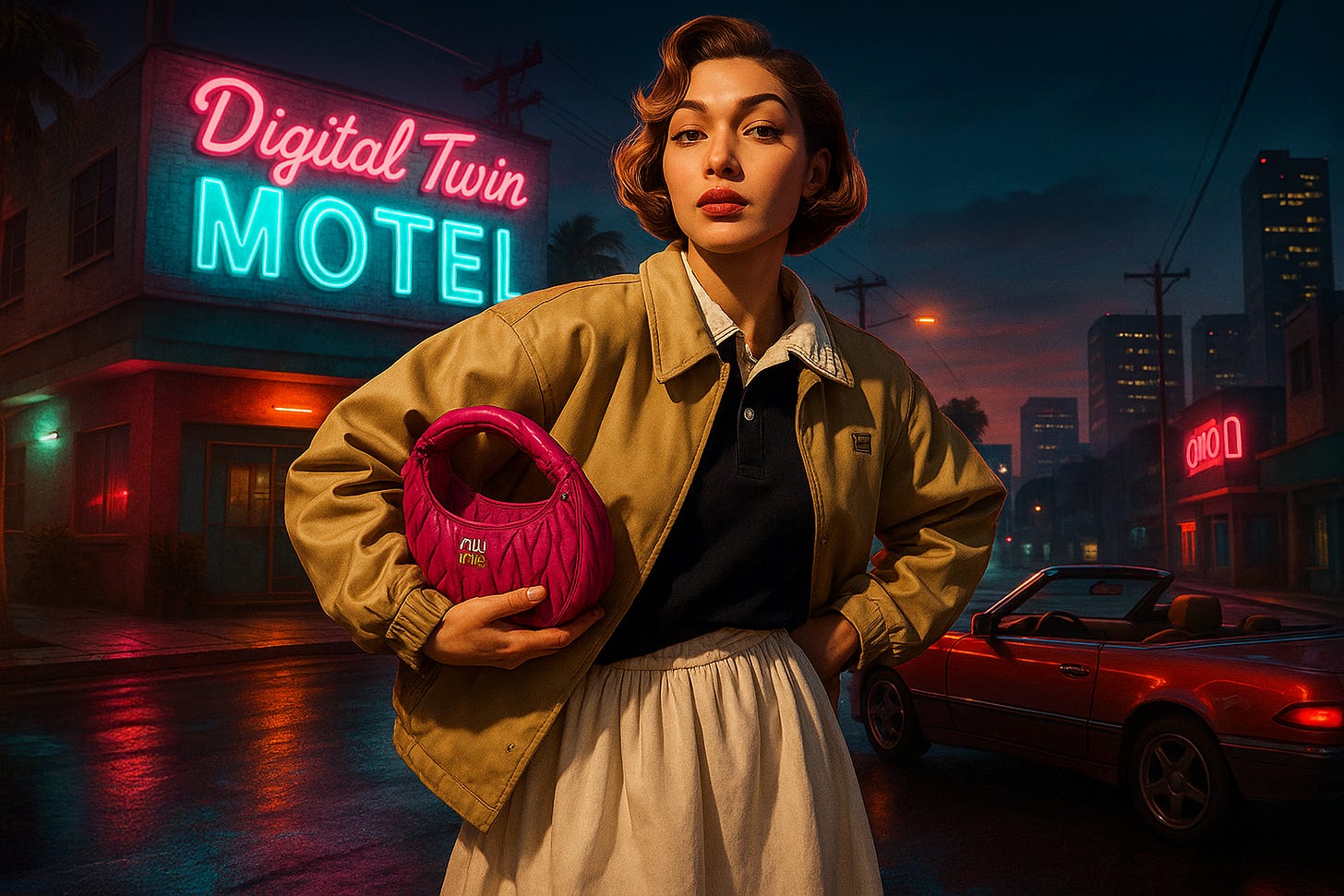
From Loot Box to Lunchbox
As Gen Alpha grows up, the expectation won’t be that a brand has a website. It will be that a brand has a playable world. One where the difference between physical and digital is less about format and more about access. One where you try on a hoodie, equip it, and maybe unlock a level. Or where a lipstick shade from Fenty Beauty comes with an emote in GTA VI.
Speaking of which, GTA VI is rumored to be a UGC game. In non-gamer speak, that means a game where creators can actually buy and sell their own items without breaking the code of the game (as they’ve had to in the past). If digital twins are having a moment now, come GTA VI’s release in May 2026 (so we’ve been told), they could well have their big breakthrough.
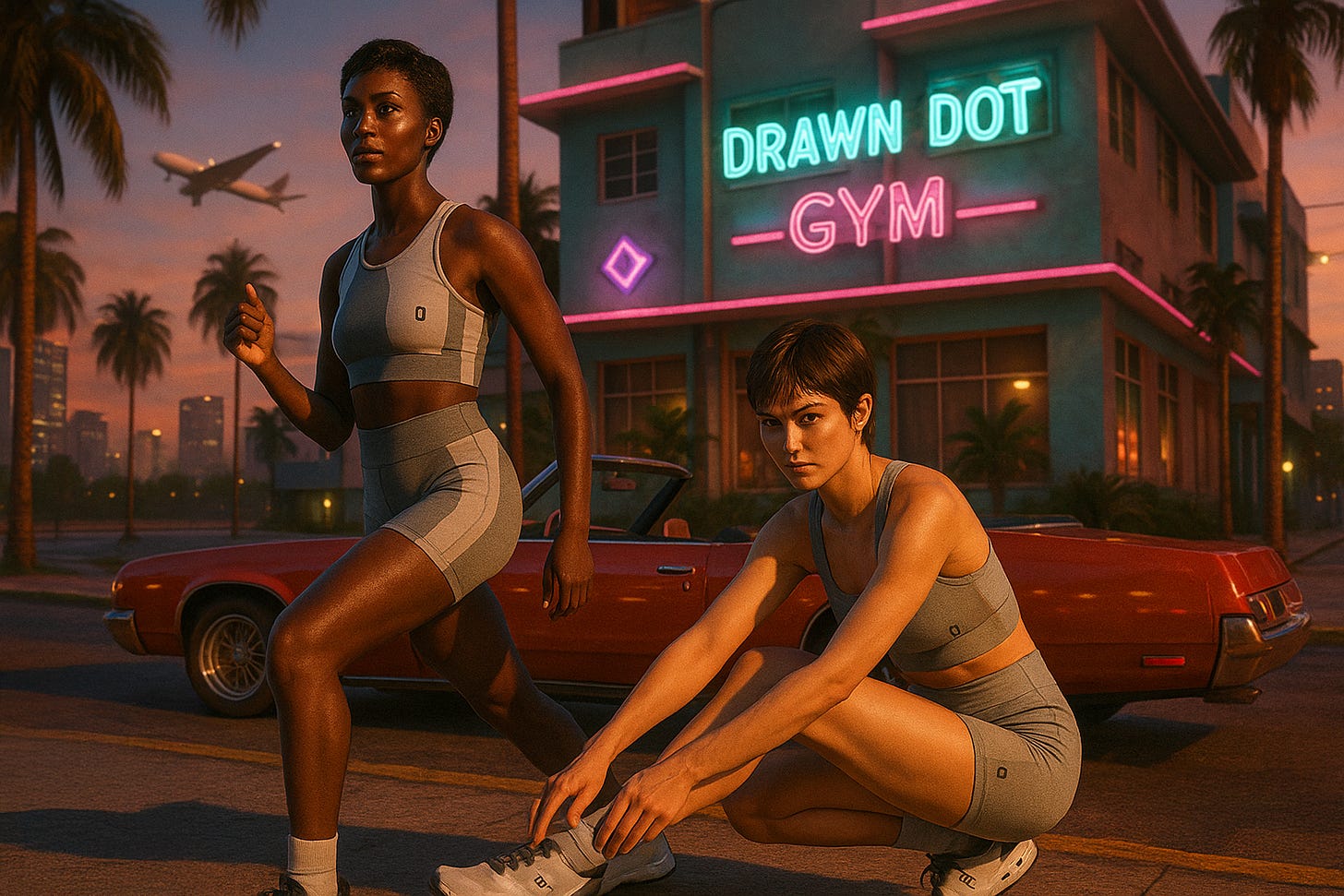
For now, we’re moving beyond phygital. Into something weirder, wilder, and much more integrated. The digital twin isn’t just a gimmick but a serious gateway. A key to collapsing the gap between "me" and "my avatar" into a single identity.
And in that reality, a drop doesn’t launch in one place. It happens everywhere.
Mugrabi agrees, “The fashion industry must embrace and adapt to next-gen commerce or risk extinction, or even worse, becoming uncool.”




Yes! Loved this crossover. Also the new beauty brand Godmode by Rina Sawayama and Chloe Grace Moretz is worth of note.